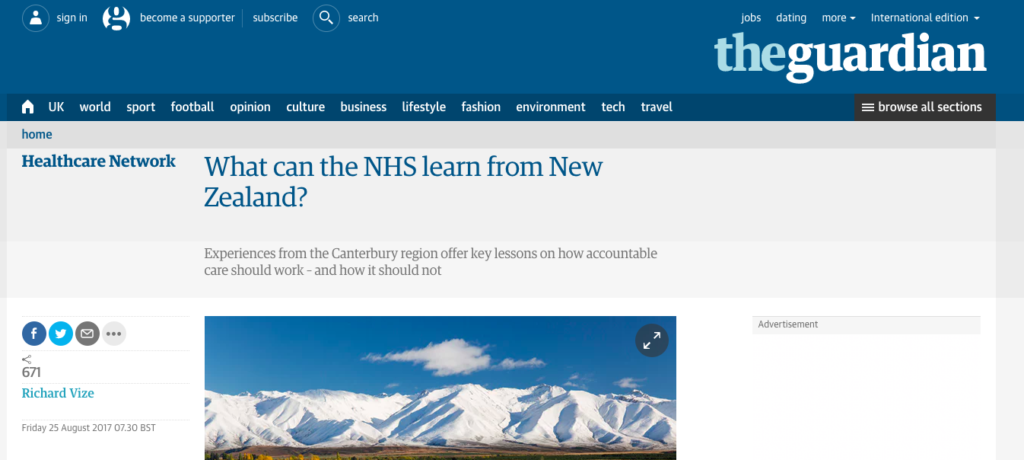Among colleagues around the world at the moment, there’s a definite recognition that VUCA is increasing. One of more interesting theories about why this is happening comes from the work of academic Carlota Perez who has studied long-wave change theories for three decades. In a nutshell, she believes that we’re currently transitioning from what she calls the “installation period” (where technology is developed) to the “deployment period” (where economic booms occur). Perez believes that the levels of VUCA we are seeing now are reflective of the transition.
So how do you know when you’re in the gap between the two? Here’s one metric that she uses to support her view:
During Installation, there is always strong asset inflation (both in equity and in real estate) while incomes and consumption products do not keep pace. This creates a growing imbalance in which the asset-rich get richer and the asset-poor get poorer. When salaries can buy houses again, we will be closer to the golden age.
In many countries around the world there is a profound disconnect between average income and the ability to buy a house. For example in Canada the average home price was $480,743 for July 2016 while the average Canadian employee makes just over $49,000 a year.
In parts of the UK such as Trafford (and it’s important to note that this isn’t London) house prices are now 8.9 times higher than average wages and 7 times higher in Stockport. In Manchester, the number has risen to 5.1 times in 2015.
In New Zealand the average house price is now six times the annual household income.
One of the other key changes Perez points to as an indicator, is the birth of new economic instruments:
…there need to be innumerable investments and business innovations to complete the fabric of the new economy. Here’s one small example: Millions of self-employed entrepreneurs work from home with uneven sources of income. Where are the financial instruments to smooth out their money flow so they can work and live without anxiety?
This sounds remarkably like the innovations surrounding the deployment of blockchain, where one of the best quotes that I’ve heard about this technology is that:
If the Internet is a disruptive platform designed to facilitate the dissemination of information, then Blockchain technology is a disruptive platform designed to facilitate the exchange of value.
Perez quotes two other indicators that can be used to spot the transition: the first is more financial regulation at a global level. However the complexity at play here is that in a world that is heading away from globalisation, it’s very difficult to bring nations together to agree on these types of initiatives. It may take another severe financial crisis to induce a global agreement.
The final indicator is increasingly stable industry structures, and I’d argue that currently this is harder to discern. However one signal may be in the form of digital consolidation of internet traffic by Google, Apple, Microsoft, Facebook and Amazon. Most of the world’s internet flows through one of these organisations and they also act as enablers – for example the creation of a store front with Amazon with promotion via Facebook/Google.
Whichever way you look at the current macro global situation, it’s clear we’re not in what Perez calls the “Golden Age.” Perez herself notes that the Golden Age might not even eventuate, and that patterns from the past might not foretell the future:
Historical regularities are not a blueprint; they only indicate likelihood. We are at the crossroads right now.

